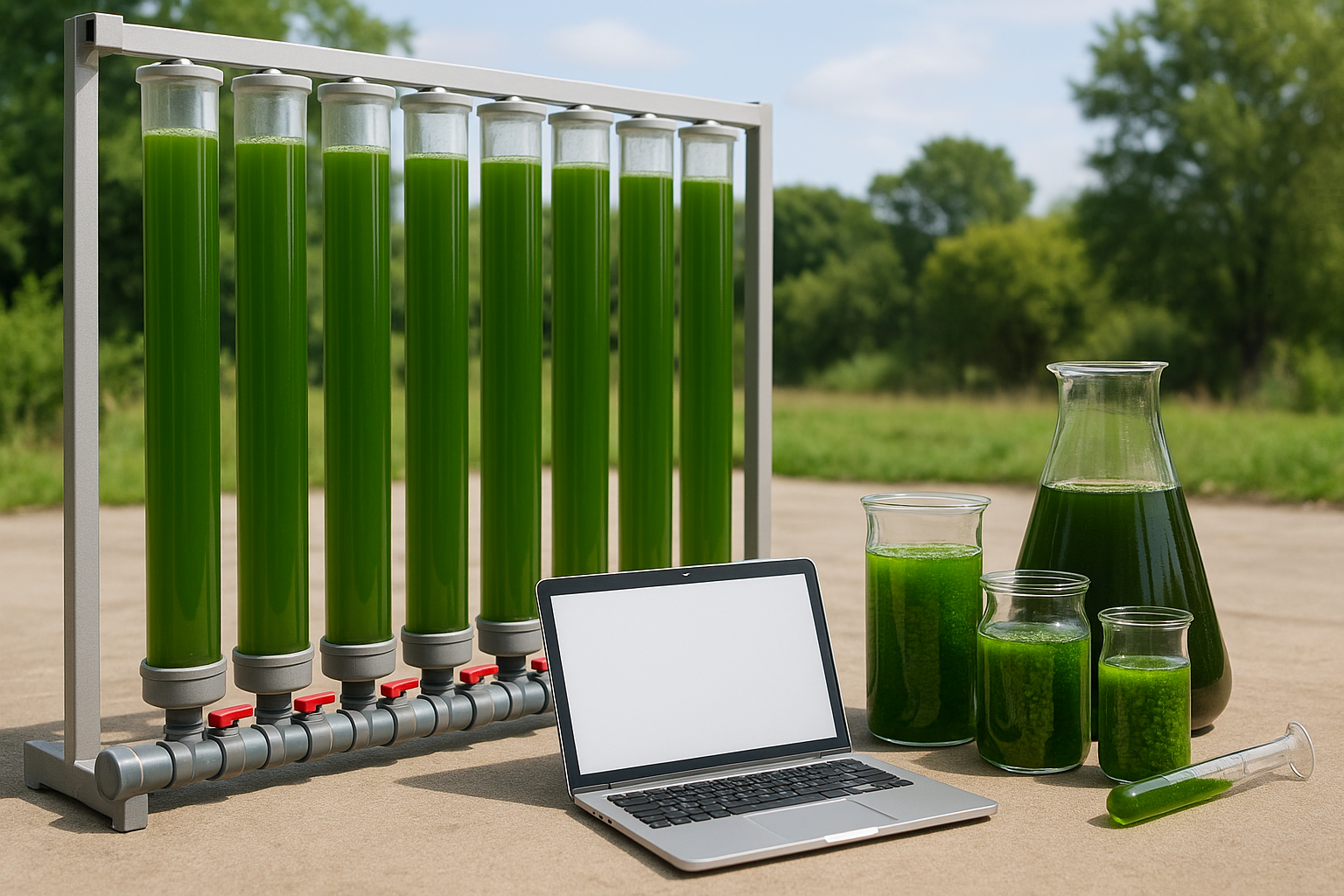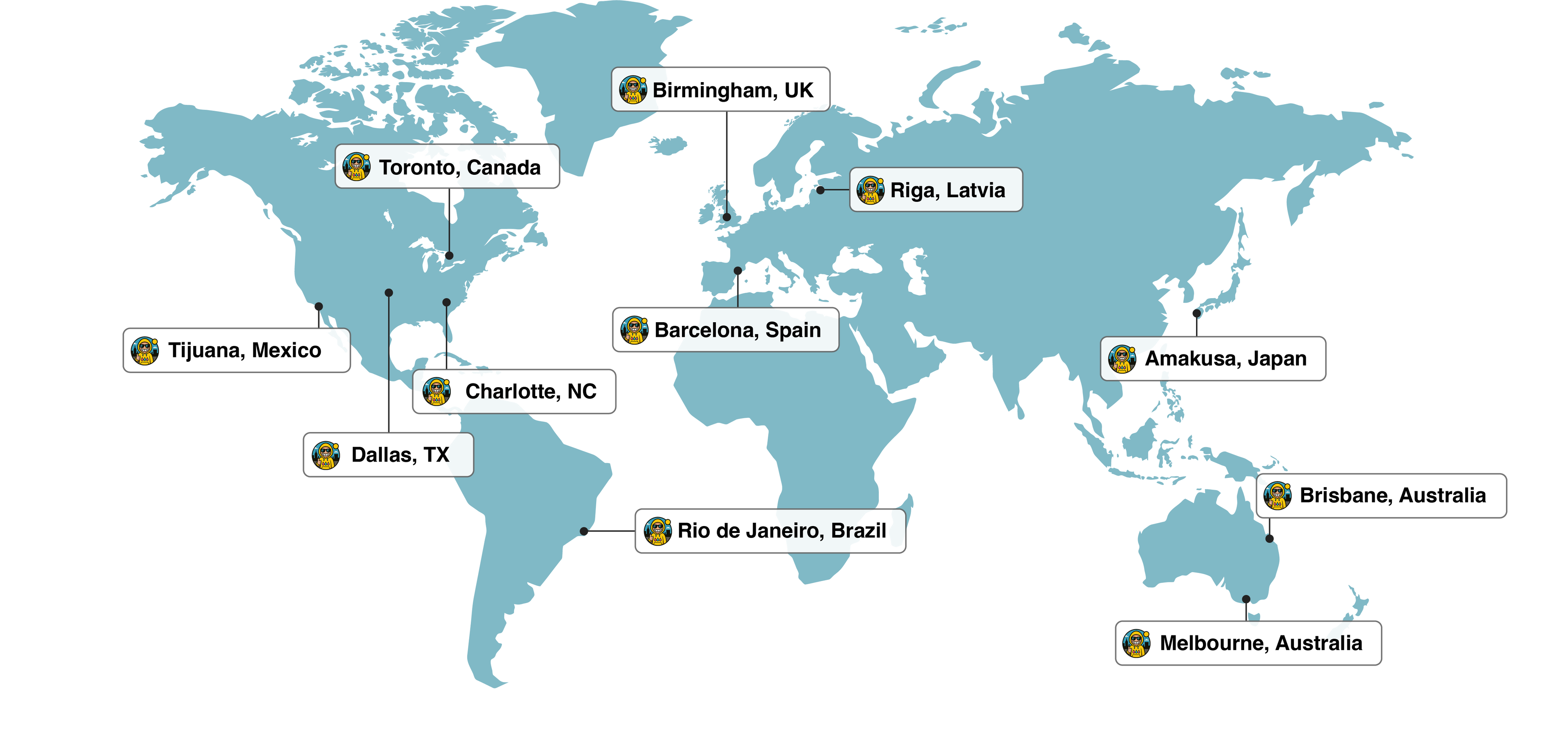Microalgae biofuel represents a promising avenue for achieving true off-grid energy independence with a “DIY algae biofuel” approach. By leveraging the ability of microalgae to convert sunlight, water, and CO₂ directly into lipids, small-scale algae fuel projects can yield far more oil per hectare than traditional crops, without competing for arable land (Off Grid World). Cultivating your own algae at home—whether in simple open ponds or a custom “algae photobioreactor DIY” setup—opens the door to “grow algae for biofuel at home” and “home algae cultivation biofuel,” empowering off-grid fuel from algae enthusiasts to produce their own diesel substitute.
What Are Algal Biofuels?![]()
Algal biofuels are produced by extracting the lipid (oil) content from microalgae biomass and converting it into biodiesel through transesterification, much like vegetable oils. Because microalgae lack the structural compounds (e.g., cellulose) that terrestrial plants must produce, they can channel a higher fraction of photosynthesized carbon into oil, making “algae biodiesel production” highly efficient.
Key Advantages of Microalgae Biofuel
High Lipid Yields (Algal Biodiesel Yield)
-
Certain strains of microalgae can accumulate over 60% of their dry weight as lipids, compared to ~2–3% for soybeans.
-
In DIY trials, species like Chlorella have been shown to yield up to 29% oil by dry weight and deliver 5,000–15,000 gallons of biodiesel per acre—orders of magnitude above corn or sunflower crops.
-
Life-cycle analyses estimate algae farms on wasteland can produce 10–100× more oil per hectare than conventional oil crops.
Rapid Growth and Multiple Harvests
-
Many microalgae species complete a growth-to-harvest cycle in just 1–10 days, allowing for continual “small-scale algae fuel” harvests throughout the year.
-
OffGridWorld notes that algae can go from “planting” (culturing) to harvest in mere days, making “home biofuel production” practical even for beginners.
Use of Non-Agricultural Land and Water
-
Microalgae can thrive on marginal lands, in saline or wastewater, and require minimal freshwater, avoiding competition with food crops .
-
Algal systems can even use CO₂-rich industrial flue gases, simultaneously producing biofuel and mitigating emissions.
Third-Generation Biofuels: Current Context
Third-generation biofuels—chiefly derived from microalgae—are hailed as the most sustainable alternative, combining high yields with minimal environmental impact. Despite annual global algal biomass production being modest (~38 million liters), research into cost reductions for “microalgae biofuel” cultivation and processing continues to accelerate. Key challenges include scaling up photobioreactor systems, reducing energy inputs for harvesting, and improving strain robustness to environmental fluctuations.
DIY and Home Cultivation for Energy Independence Biofuel
Cultivation Methods
-
Open Ponds: Easiest for “grow algae for biofuel at home,” though vulnerable to contamination and weather.
-
Closed-Loop Systems: Uses sealed bags or tubing to prevent contaminants, requiring sterile CO₂ supply.
-
Algae Photobioreactor DIY: Small-scale bioreactors made from clear tubing or fish tanks, allowing precise control over light and gas exchange.
Oil Extraction and Biodiesel Conversion (“How to Make Biodiesel from Algae”)
-
Mechanical Press: Dry the harvested algae and use a screw or piston press to extract most oil.
-
Chemical Extraction: Soak the residual biomass in solvents like hexane to recover remaining lipids, then distill.
-
Transesterification: React algal oil with an alcohol (e.g., methanol) and a catalyst (e.g., lye) to produce biodiesel and glycerin.
Algae Biofuel Challenges and Future Outlook
While “best algae for biodiesel” strains and off-grid DIY photobioreactors continue to improve, challenges remain:
-
Water and Nutrient Inputs: High water demand (600–1,900 L per liter of biodiesel) without wastewater reuse can be prohibitive .
-
Energy Balance: Harvesting, dewatering, and extraction steps can consume significant energy, impacting overall sustainability.
-
Commercial Viability: Large-scale commercialization has lagged due to high capital and operational costs, though innovative strains and process integration promise to close the gap.
Conclusion
Embracing “DIY algae biodiesel production” and “home biofuel production” with microalgae offers a pathway to genuine “energy independence biofuel” for off-grid living. By selecting robust, high-yield strains, optimizing small-scale photobioreactors, and mastering “algae oil extraction” and transesterification, dedicated growers can turn sunlight, CO₂, and water into a renewable transportation fuel. As third-generation biofuel research advances, the dream of sustainable, personal-scale diesel from algae moves ever closer to reality.


